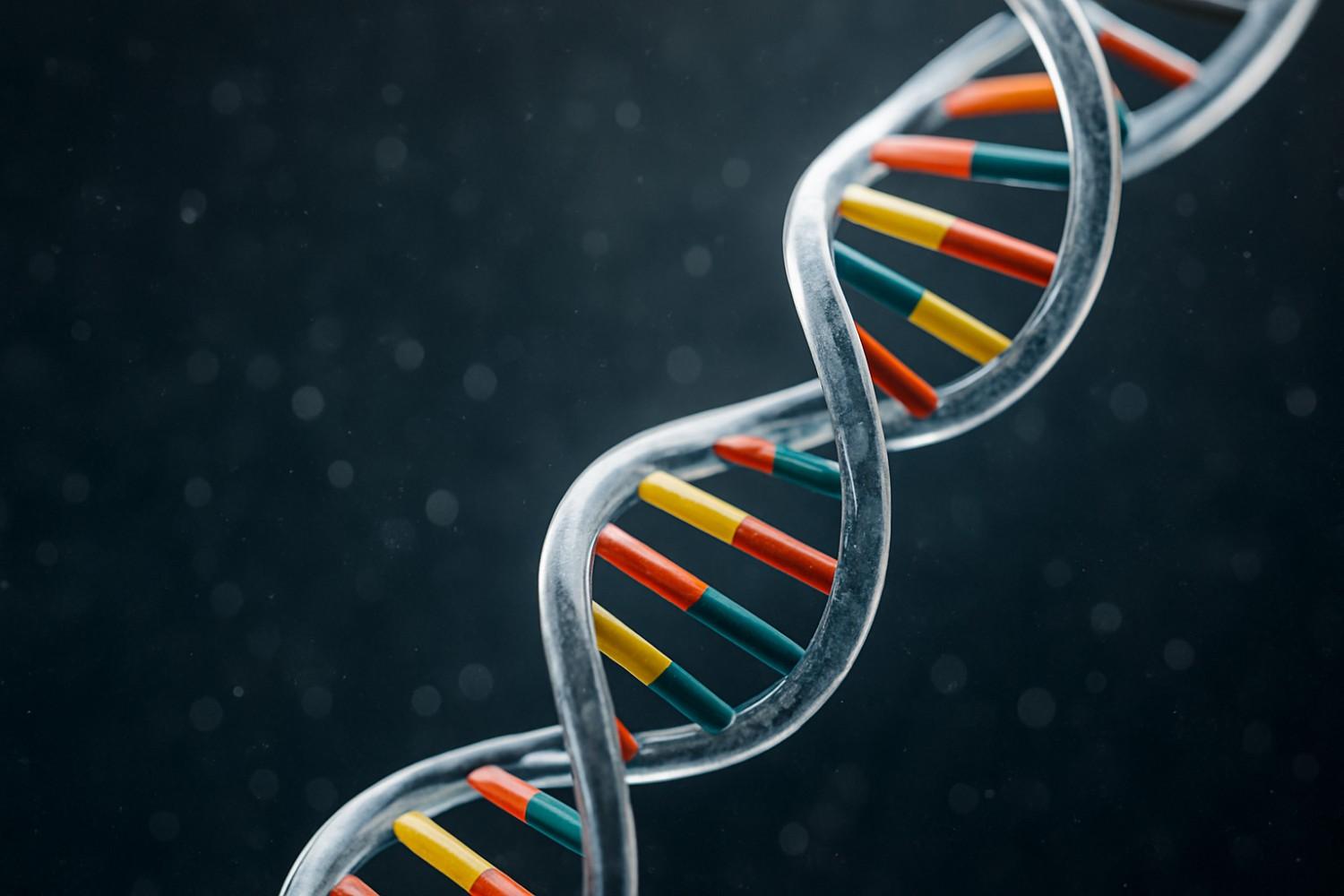DNA is the blueprint of life, holding the instructions for building and maintaining every living organism. While most people know that DNA is responsible for inherited traits and genetic disorders, the world of deoxyribonucleic acid is far more complex—and fascinating—than most realize. From bizarre genetic quirks to unexpected applications in science and technology, DNA continues to reveal astonishing secrets that reshape our understanding of biology and the world around us.
1. Human DNA is 99.9% Identical Across All People
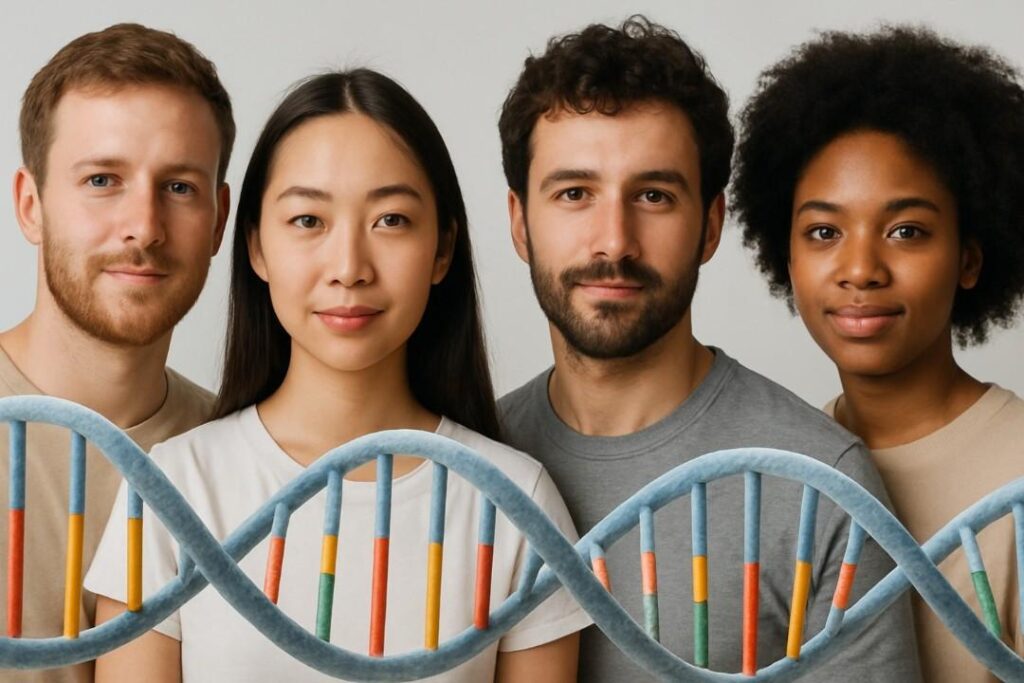
Despite the incredible diversity seen in humanity, all humans share 99.9% of their DNA. That tiny 0.1% difference is responsible for every unique trait, from eye color to susceptibility to certain diseases. Even more astonishing, this small variation means that you are genetically more similar to someone on the other side of the globe than to a chimpanzee, with whom we share about 98.8% of our DNA. This remarkable similarity underpins the concept of human unity and highlights how minor genetic changes can lead to vast differences.
2. “Junk DNA” Isn’t Really Junk
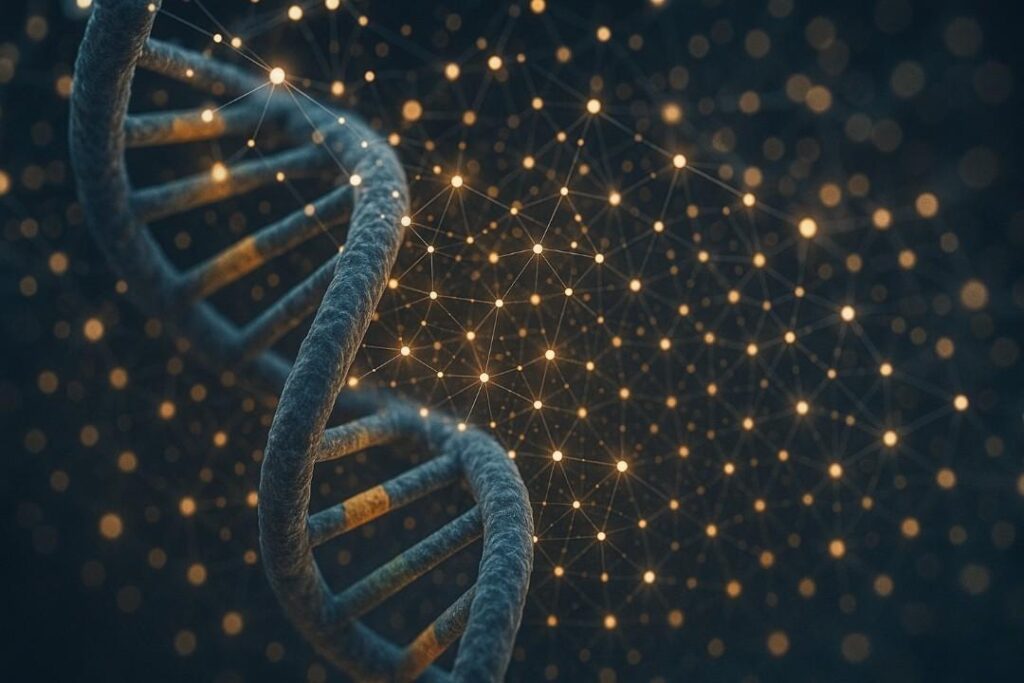
For decades, scientists dismissed large portions of the human genome—about 98%—as “junk DNA” because these sections don’t code for proteins. Recent research, however, has shown that many of these regions play crucial roles in regulating gene expression, controlling when and how genes are turned on and off. These regulatory elements can influence development, adaptation, and even disease risk. So-called “junk DNA” is now recognized as essential for the fine-tuned orchestration of our biology.
3. DNA Can Survive for Tens of Thousands of Years
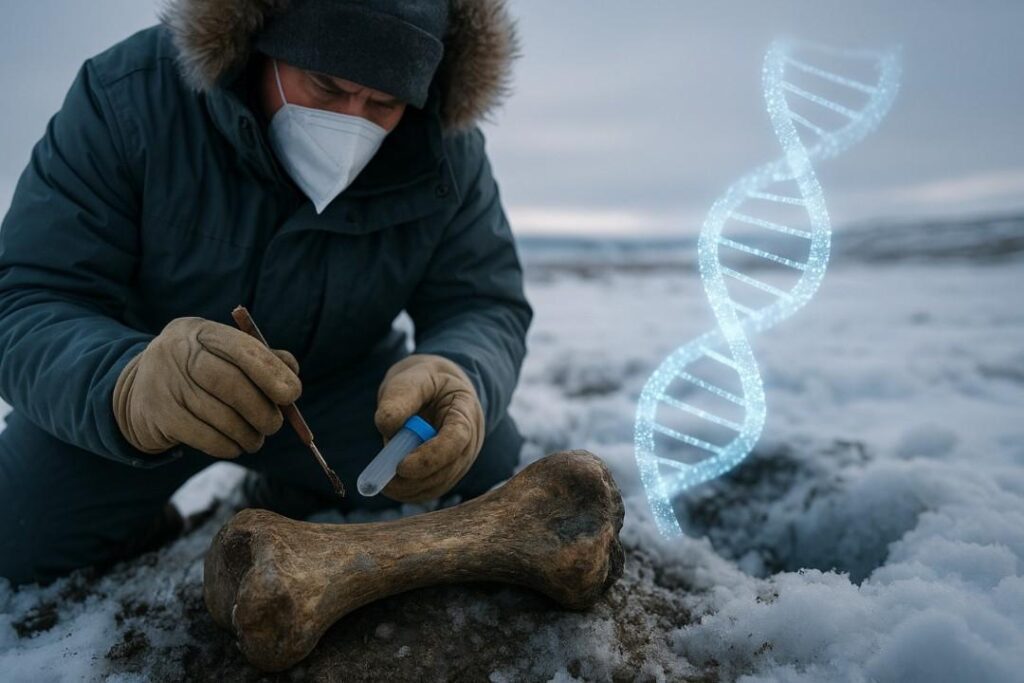
DNA is surprisingly resilient, often surviving in fossils and archaeological specimens for tens of thousands of years. Ancient DNA analysis has helped scientists reconstruct the genomes of Neanderthals, mammoths, and other extinct species. For example, the oldest DNA recovered so far comes from a mammoth tooth, estimated to be over one million years old. These genetic time capsules provide invaluable insights into evolution, migration, and the history of life on Earth.
4. You Have Viral DNA in Your Genome
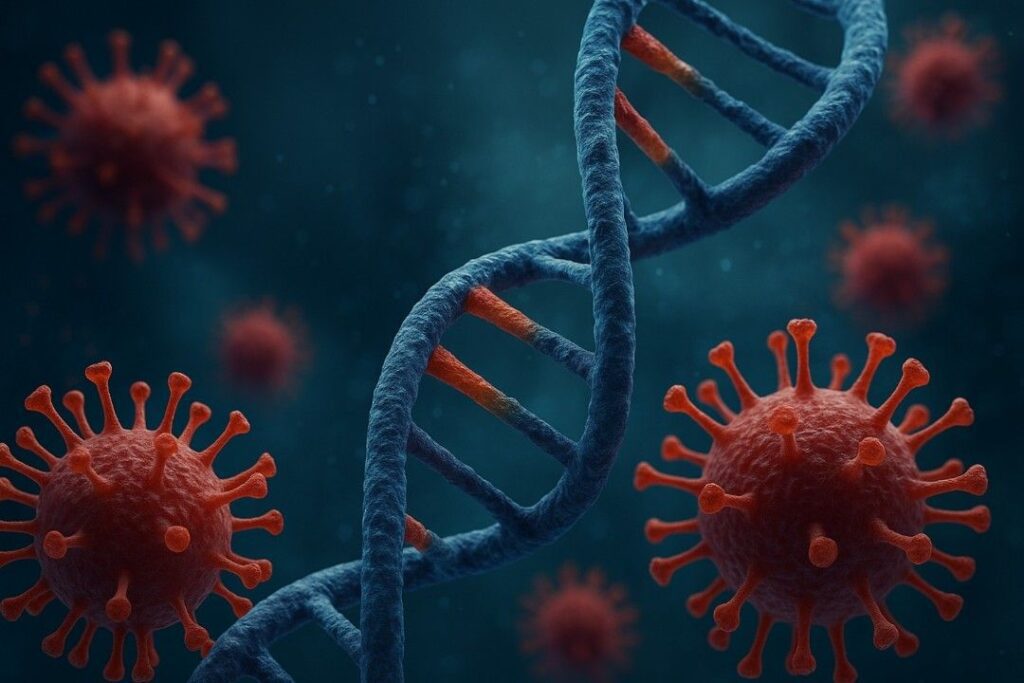
Roughly 8% of the human genome consists of ancient viral sequences. These are remnants of viruses that infected our ancestors millions of years ago and became permanently embedded in our DNA. Some of these viral genes have even been repurposed by evolution to perform essential functions, such as helping the placenta form during pregnancy. The presence of viral DNA is a vivid reminder of our species’ long and complex battle with infectious invaders.
5. DNA Is Used to Store Digital Data
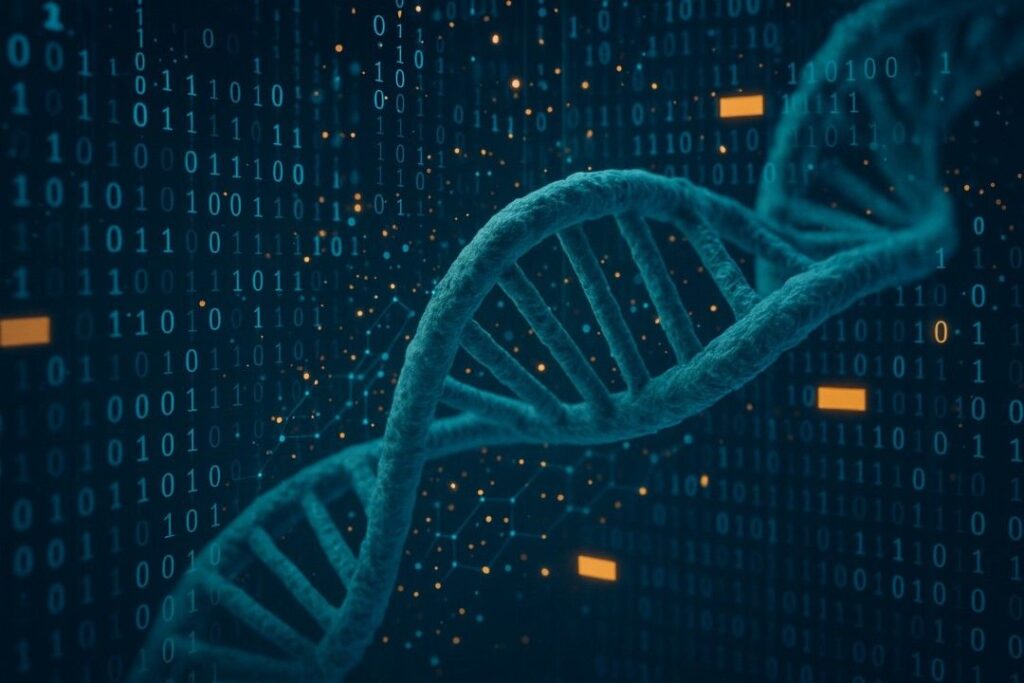
Scientists have developed methods to use DNA as an ultra-dense data storage medium. Because DNA can store immense amounts of information in a minuscule volume—one gram of DNA could theoretically hold 215 petabytes of data—it offers a solution to the growing global data crisis. Researchers have already encoded books, images, and even movies into synthetic DNA, demonstrating the potential for biology to revolutionize information technology in the near future.
6. DNA Is Not Just Found in the Nucleus
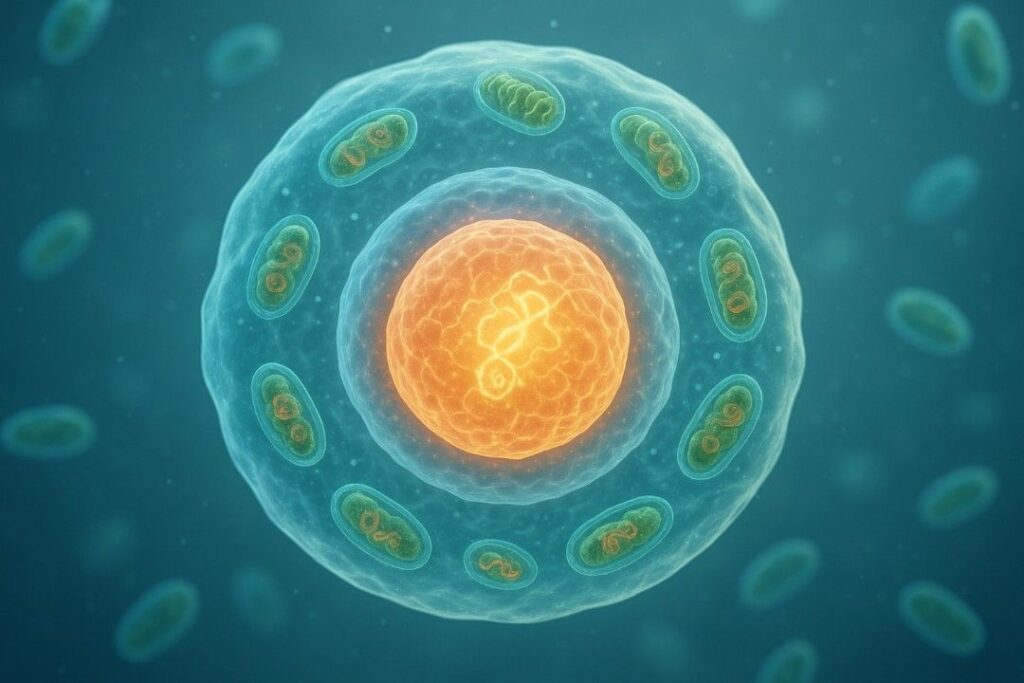
While most people think of DNA as residing in the cell nucleus, cells also contain DNA in their mitochondria—tiny powerhouses that generate energy. Mitochondrial DNA (mtDNA) is inherited exclusively from the mother and is often used in tracing maternal ancestry and studying evolutionary biology. Its unique inheritance pattern makes it a powerful tool for investigating ancient human migrations and population genetics.
7. Identical Twins Have Different DNA
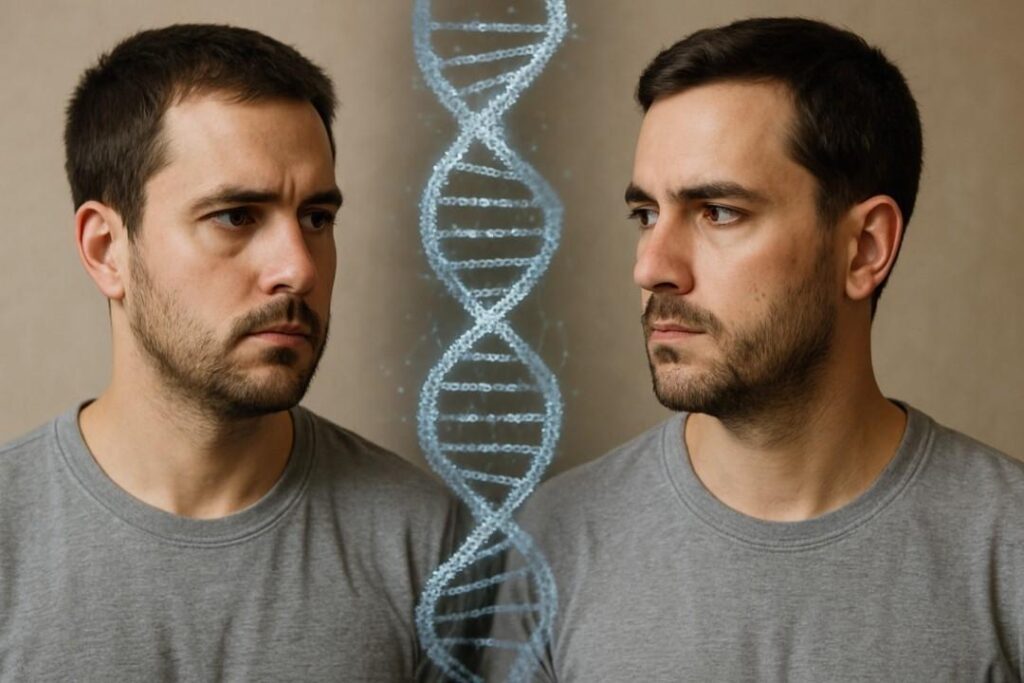
Identical twins originate from the same fertilized egg and thus start with nearly identical DNA. However, as they grow, small mutations called somatic mutations can occur, leading to subtle genetic differences. Environmental factors, lifestyle choices, and even random chance can cause their genomes to diverge slightly over time. This helps explain why identical twins may develop different health conditions or physical traits despite their shared genetic origins.
8. DNA Can Be “Barcoded” for Species Identification
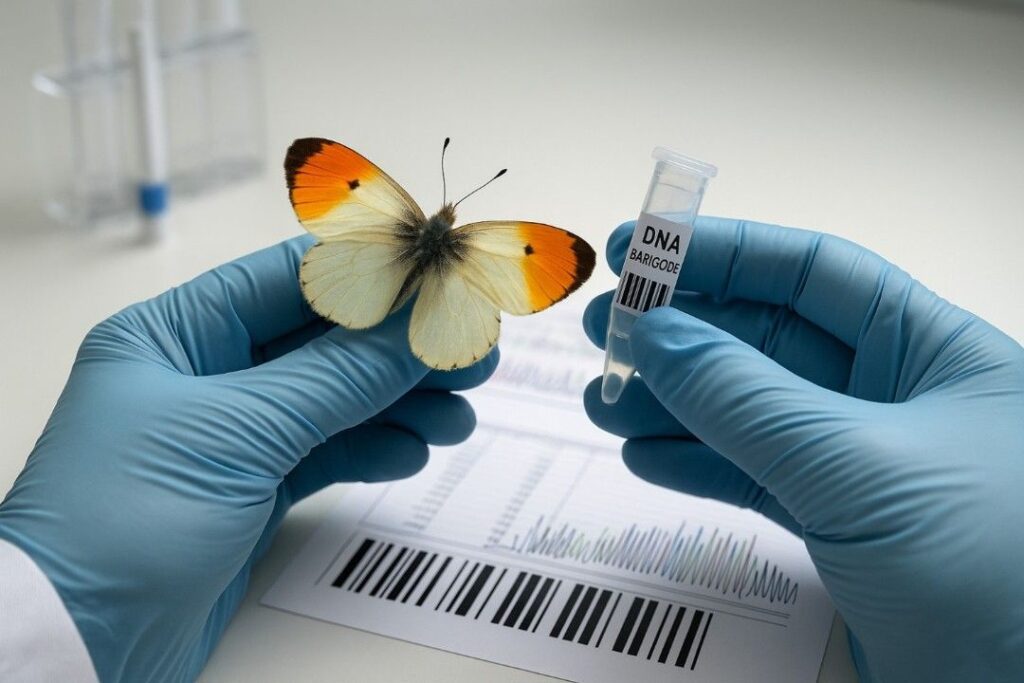
DNA barcoding is a technique that uses a short genetic sequence from a standardized region of the genome to identify species. This method has revolutionized taxonomy and biodiversity studies by providing a reliable, rapid way to distinguish between organisms—even when physical differences are minimal. For example, DNA barcoding is widely used to detect mislabeled fish in markets and uncover illegal wildlife trade.
9. DNA Forensics Is Not Infallible
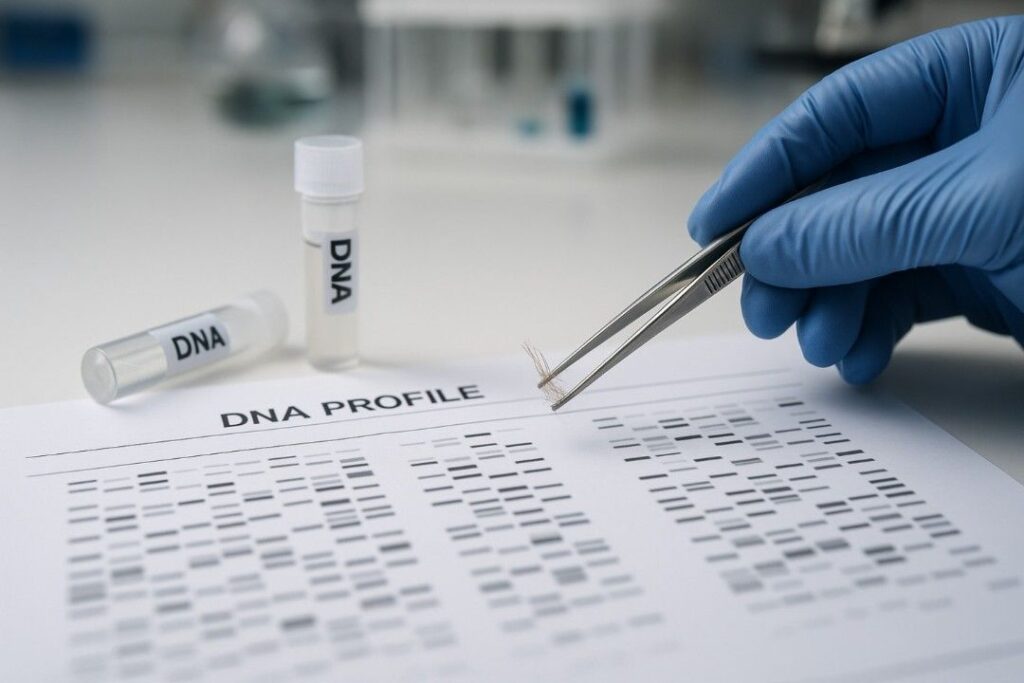
While DNA evidence is a powerful tool in criminal investigations, it is not foolproof. Issues such as contamination, human error, or limited genetic variation among populations can lead to false matches or inconclusive results. It’s crucial for forensic scientists to follow strict protocols and for courts to consider DNA evidence alongside other forms of proof. Advances in DNA analysis continue to improve accuracy, but it’s important to recognize the limitations.
10. Epigenetics: Changing DNA Without Changing the Code
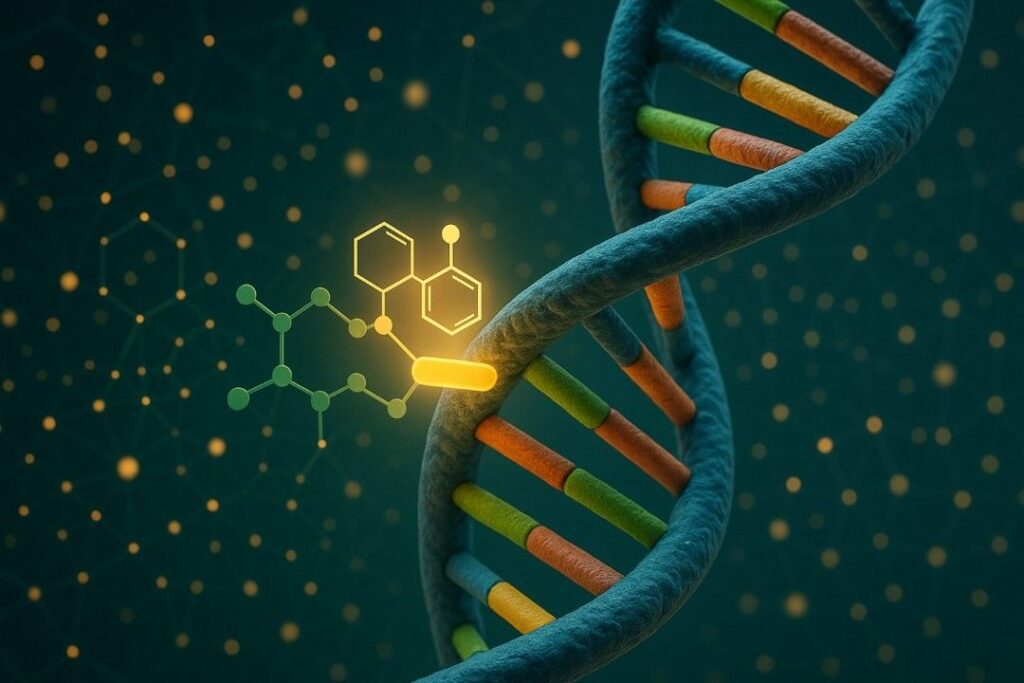
Epigenetics refers to chemical modifications that affect gene activity without altering the underlying DNA sequence. Alterations like DNA methylation or histone modifications can activate or silence genes in reaction to environmental influences, diet, stress, and other factors. Epigenetics plays a vital role in development, aging, and even the inheritance of acquired traits, opening new frontiers in medicine and biology.
11. Some Organisms Have Far More DNA Than Humans
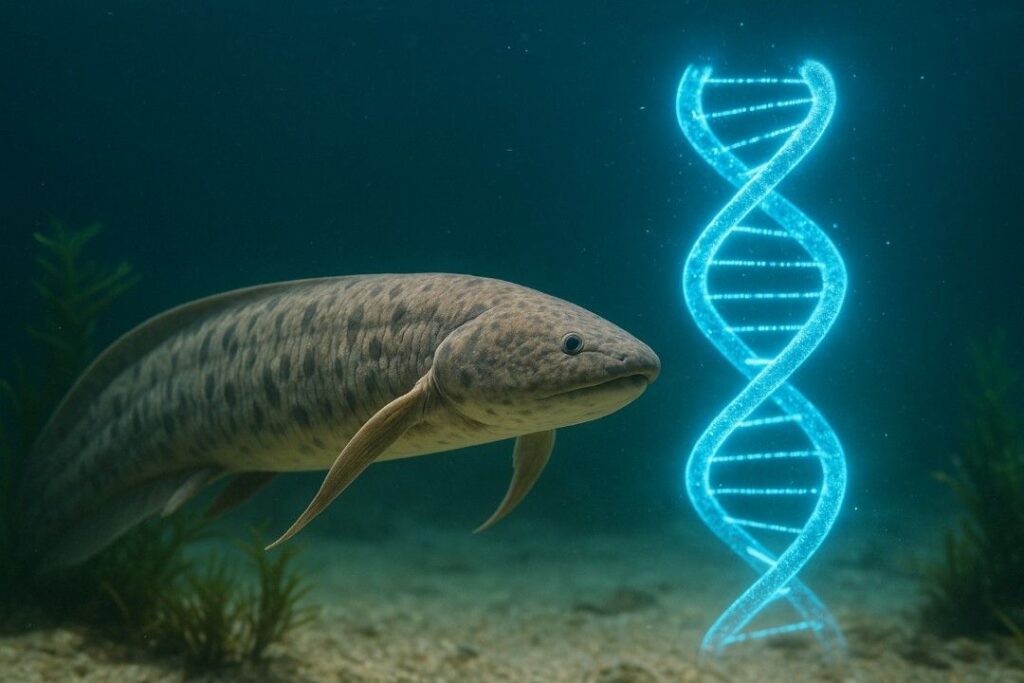
Surprisingly, humans don’t have the largest genome. The marbled lungfish, for example, has about 40 times more DNA than humans. The size of an organism’s genome doesn’t directly correlate with its complexity—a phenomenon known as the “C-value paradox.” Plants like Paris japonica and certain amoebas also have enormous genomes, demonstrating that more DNA doesn’t always mean more complexity.
12. Gene Editing With CRISPR Is Revolutionizing Medicine
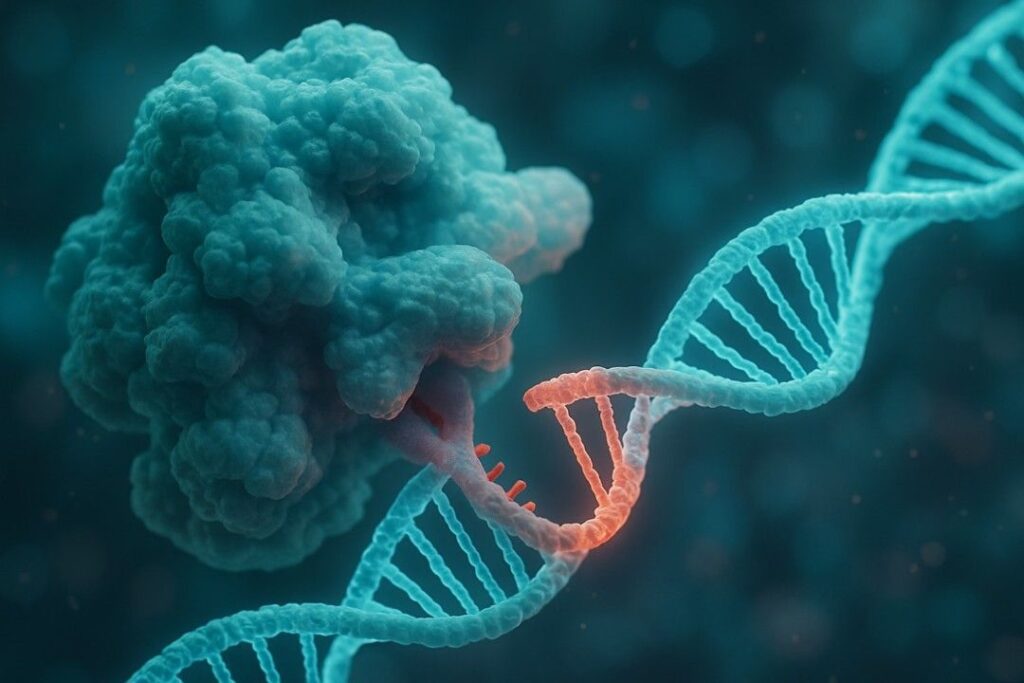
CRISPR-Cas9 is a groundbreaking gene-editing technology that allows scientists to precisely modify DNA. This tool has enabled advances in treating genetic disorders, engineering disease-resistant crops, and studying gene functions. Clinical trials are underway for CRISPR-based therapies for conditions like sickle cell anemia and inherited blindness. While the technology raises ethical questions, its potential to transform medicine is immense.
13. DNA Can Form Unusual Structures
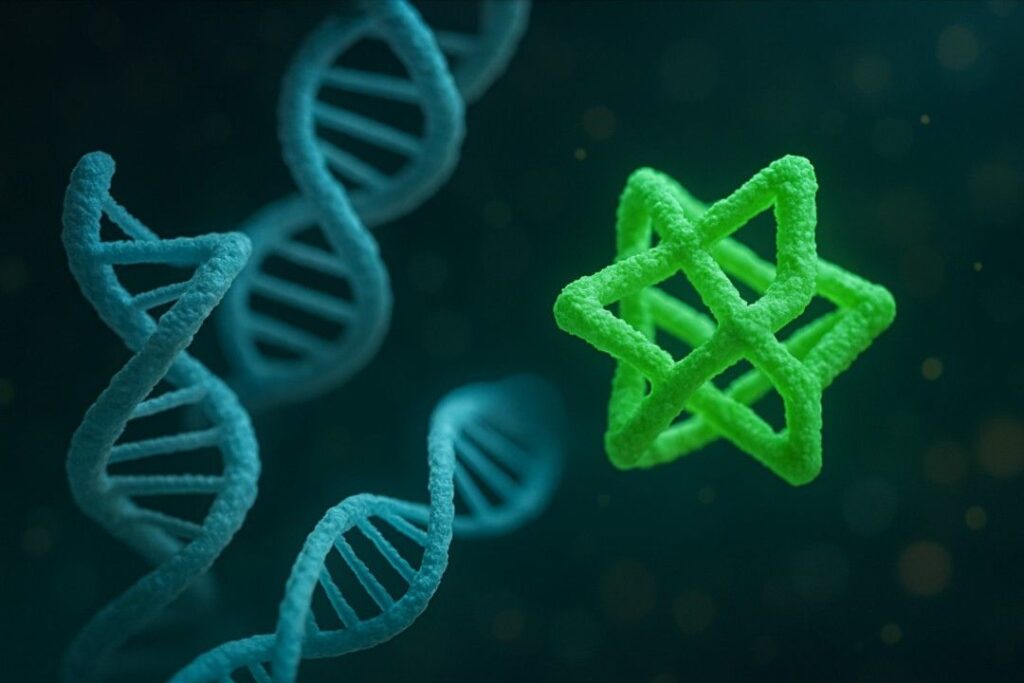
Although most people picture DNA as a double helix, it can adopt a variety of other shapes. For example, G-quadruplexes and Z-DNA are alternative structures that have specific biological roles, such as regulating gene expression or maintaining chromosome stability. Understanding these unconventional DNA forms may lead to new discoveries in genetics and drug development.
14. DNA Profiling Can Reunite Lost Families

Beyond forensics, DNA testing services have helped countless people reconnect with lost relatives and discover their ancestry. Direct-to-consumer genetic tests can identify biological parents, siblings, or extended family, even after decades of separation. These services have brought emotional reunions and new family connections, but also raise questions about privacy and unexpected discoveries.
15. Synthetic DNA Is Creating New Life Forms
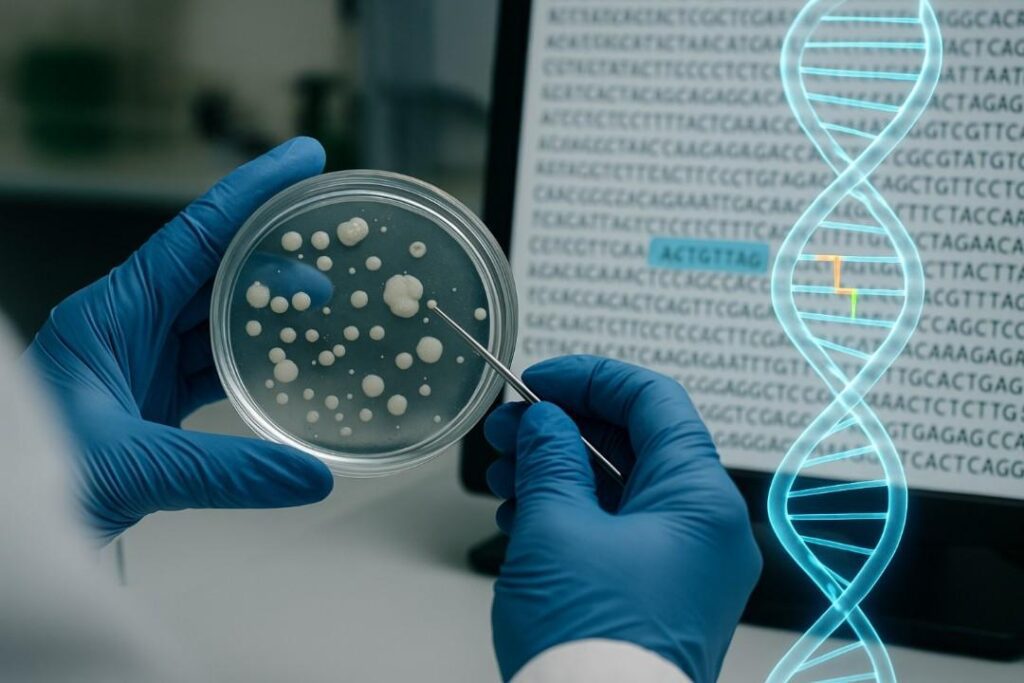
Scientists are now able to design and synthesize artificial DNA sequences that do not exist in nature. Synthetic biology has enabled the creation of organisms with custom-designed genomes, including bacteria that can produce pharmaceuticals or clean up environmental pollutants. This rapidly advancing field holds promise for medicine, energy, and environmental sustainability, while also posing ethical and safety challenges.
Note: This article is for informational purposes only and does not constitute medical or scientific advice. Please consult a qualified professional for specific guidance.

